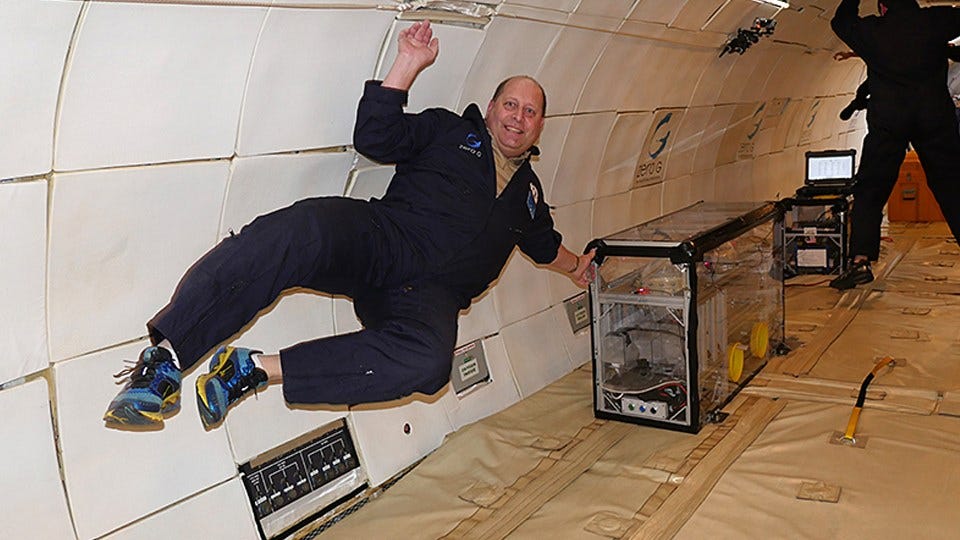NASA Selects Purdue Space Technologies for Flight Tests
 Steven Collicott
Steven Collicott
Subscriber Benefit
As a subscriber you can listen to articles at work, in the car, or while you work out. Subscribe NowFaculty members from Purdue University will receive funding under NASA’s Tech Flights solicitation. Purdue says the faculty, which are from the schools of Aeronautics and Astronautics and Mechanical Engineering, are among a group of 28 researchers whose technologies have been selected to receive the funding.
Steven Collicott, professor of aeronautics and astronautics, will receive four grants totaling $1.8 million for four different experiments. Issam Mudawar, professor of mechanical engineering, will receive one grant of nearly $650,000.
The grants awarded to Collicott include the evaluation of a medical suction device integrated with a microgravity surgical facility, with the goal of delivering a combined system prototype for suborbital testing. Purdue says the technology is planned to fly on ZERO-G company’s “G-FORCE ONE” airplane.
“This grant combines previous developments in zero-g surgical tools by Professor George Pantalos of the University of Louisville and Dr. Marsh Cuttino of Orbital Medicine Inc.,” said Collicott.
Additionally, the grants include a liquid-vapor nitrogen system with the goal of advancing long-term cryogenic propellant storage in space. Also, a sensor payload will be used to collect data about the heat transfer from a lander’s rocket plume to its legs.
The other grants awarded to Collicott include a handheld, automated video control system to be tested as a possible tool for suborbital flight experiments that rely on video to monitor operations, record data and aid post-flight technology assessments. The technology is planned to fly on ZERO-G’s Force One.
The grant awarded to Mudawar will focus on an experiment aimed at enabling development of highly-accurate models for the prediction of flow boiling rates, “with the goal of improving space-based propellant management.” His project is a joint project between Purdue and NASA Glenn Research Center. The experiment is expected to fly on ZERO-G company’s “G-FORCE ONE” airplane.
“By supporting suborbital flight testing, our Flight Opportunities program aims to help ensure that these innovations are well-positioned to address challenges and enable NASA to achieve its lunar ambitions, while also contributing to a growing and vibrant commercial space industry,” said Jim Reuter, associate administrator of NASA’s Space Technology Mission Directorate.
In October, NASA announced its selections in two areas that reflect current priorities. Purdue says the topics helped NASA identify technologies that could further the agency’s lunar exploration goals and its use of commercial suborbital flight and low-Earth orbit platforms for research applications.
